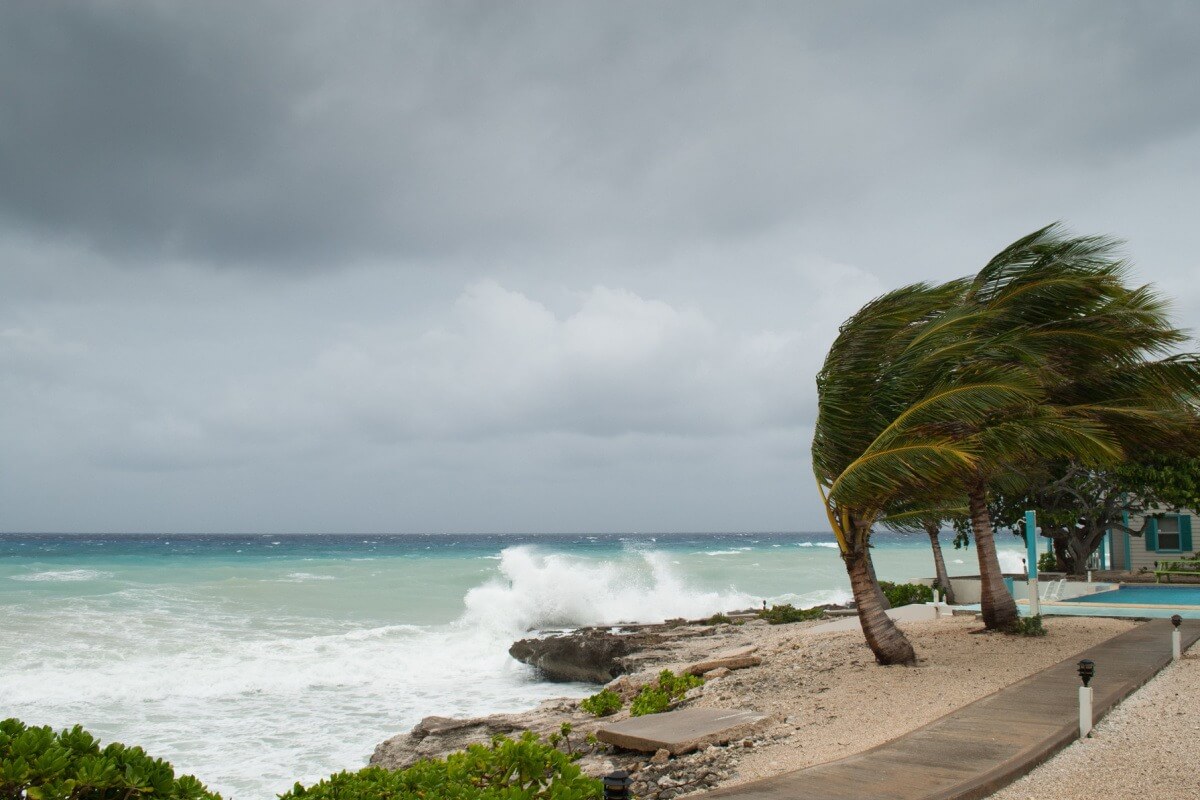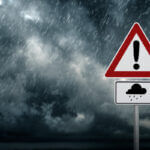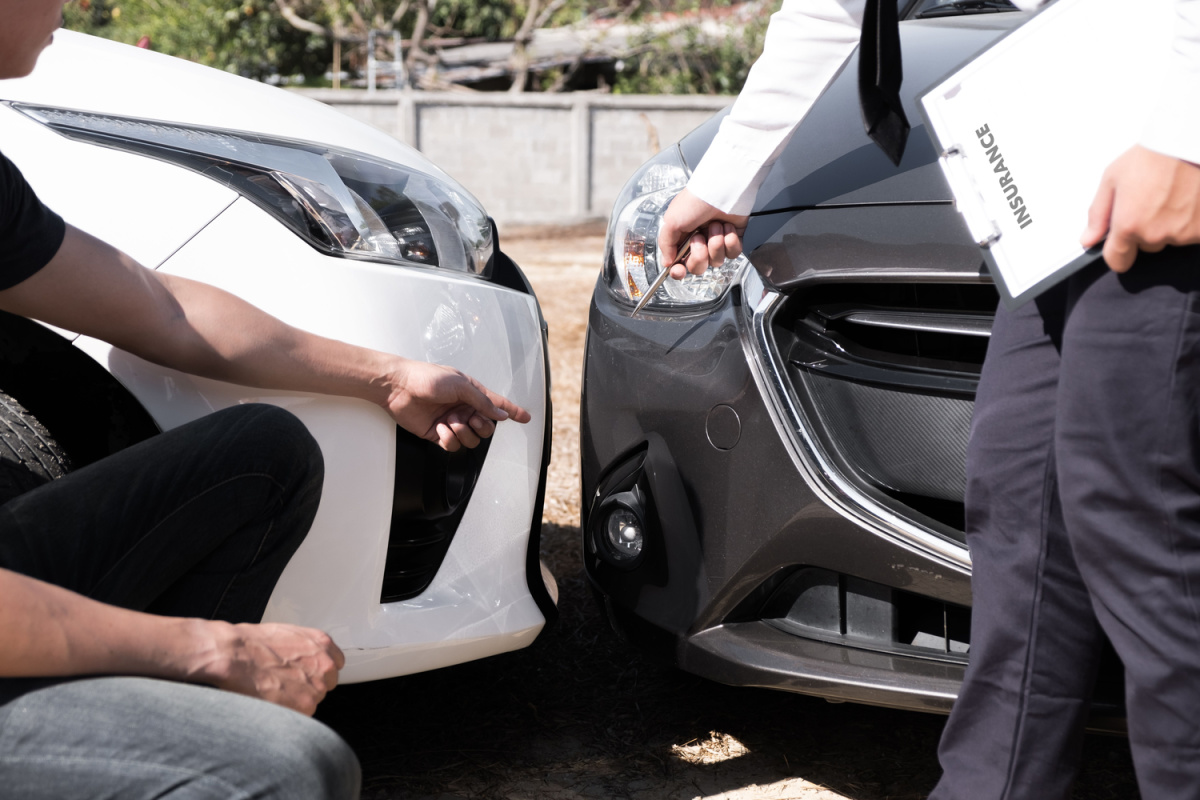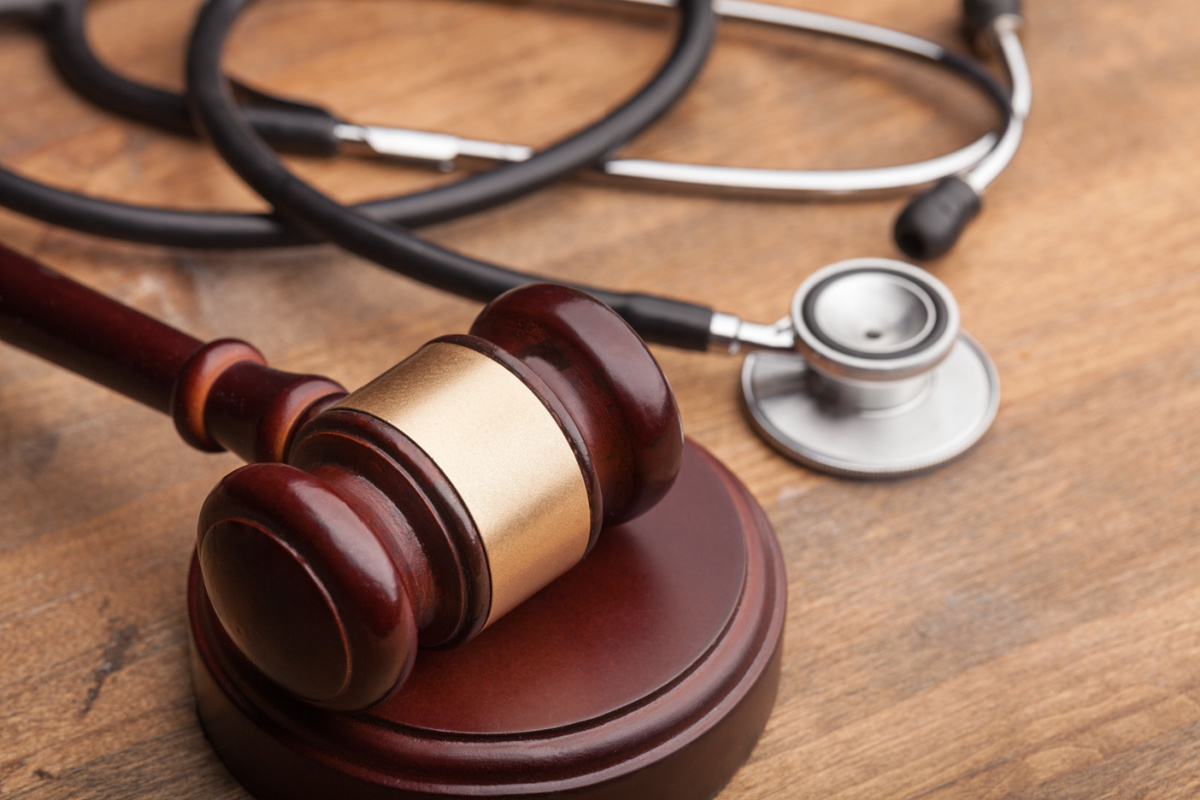
August 29, 2021 – It was a dark midday when Hurricane Ida tore across the gulf, lashing the Louisiana coast, making landfall near Port Fourchon. The category 4 winds whipped at a sustained 150 mph, bashing Grand Isle.
Ida slung anything not battened down through the air. Wind gusts full of debris crashed through communities. Electrical poles toppled into front yards. Electrical wires stretched across roads and walkways—a lethal and impassable web.
The storm broke windows. It ripped the roofs off houses, pelting rain soaked the interiors. People’s lives puddled into a soggy mess in its wake. Along the Gulf Coast, more than a million homes and businesses suffered through extended power outages.
Storm surges caused the Mississippi River to rise 9-14 feet on the east bank. The west bank rose 6-12 feet of the Mississippi River. Water flooded into the parishes of Jefferson, Lafourche, and Plaquemines. Swamp waters flooded Slidell, carrying with it an alligator that mauled a 71-year-old man to death.
Before the storm, the residents of seven nursing homes, owned by Bob Dean, were evacuated to an Independence warehouse in Tangipahoa Parish. More than 800 residents struggled for days to survive without air conditioning, proper medical care, and appropriate sleeping arrangements.
In total, 15 residents died—five died due to the storm, and 10 lost their lives in the horrific post-storm conditions. The Louisiana Department of Health (LDH) revoked all seven of Bob Dean’s nursing home licenses after lawsuits were filed.
After the storm, during the power outage, many were hospitalized for carbon monoxide poisoning due to the inexperienced misuse of emergency generators. This includes a Marrero woman and her two children that used a generator too close to their house. The poor ventilation caused the whole Jefferson Parish family to die from their exposure to carbon monoxide.
In Louisiana, a total of 30 deaths have been attributed to Hurricane Ida.
Beyond the Coast
Ida slammed into some of the same areas so grossly affected by Hurricane Katrina 16 years before. But unlike Katrina, this storm did not stop after devastating the gulf coast regions. The remnants of Ida gathered and turned Northeast. It traveled across Louisiana and into Mississippi as a tropical storm.
Over nine states, flurries of dangerous winds lashed. A rash of tornadoes ripped across rural communities. Rivers and waterways surged, and flash floods ravaged communities along the way. Parish after parish and county after county encountered weeks of power and water outages during the brutal days of summer.
Finally, it exited offshore, out to the Atlantic Ocean, where another pressure system waited. But before it went, its malignant path left behind the suffering and bereaved.
Before Ida ever made it to U.S. shores, it had already taken 20 lives in Venezuela. Adding this number to the 30 lives lost in Louisiana, the National Hurricane Center (NHC) reports that the death toll has reached 107, with 87 in the United States, including:
- 29 deaths in New Jersey
- 17 deaths in New York
- 5 deaths in Pennsylvania
- 2 deaths in Mississippi
- 2 deaths in Alabama
- 1 death in Maryland
- 1 death in Connecticut
According to the Centers for Disease Control and Prevention (CDC), drowning was the main cause of death during Ida. The other two circumstances for most of the deaths were:
- Vehicular
- Power outage or generator-related
The Financial Hangover of Hurricane Ida
Back in April, a final report on Hurricane Ida was issued by the NHC. Ida’s wind speeds were the strongest ever to hit Louisiana, tied with 2020’s Hurricane Laura and 1856’s Last Island Hurricane. Wind speeds were only six mph away from being upgraded to the category 5 number of 156 mph.
The NHC contends the most damaging hurricane to make landfall in Louisiana is still 2005’s Hurricane Katrina, but Ida ranks second. Overall, Ida caused more than $75 billion in damages. It is the fourth costliest hurricane to come from the Atlantic Ocean and the fifth costliest recorded cyclone.
Rural areas along Ida’s path encountered more than $584 million in agricultural damage. Flooding in the Northeastern United States saw an estimated $16 to $24 billion in damages. The damage reaped by Hurricane Ida helped make 2021 the fourth most expensive year for natural disasters. Worldwide, natural disasters caused more than $280 billion in expenses.
Insured losses in 2021 amounted to more than $120 billion of that can be attributed to insured losses. Ida accounts for more than $36 billion of that, and Louisiana’s insured losses were more than $18 billion. This is only second behind 2017—the year when hurricanes Harvey, Irma, and Maria ravished the American coast.
Looking Out Over Unsure Horizons
The rebuilding and fortifications have begun, but residents of any area that sees cyclonic activity shudder when they see the predictions of another impending hurricane season. The National Oceanic Atmospheric Administration (NOAA) reports that 2022’s season may see anywhere between 14 and 21 named storms.
There were 21 named storms in 2021. Seven of those became hurricanes. Four of them were major hurricanes like Ida. The memories of these storms combined with the prediction of what may be coming can feel brutally overwhelming, especially since about five of these storms may become a category 3 or above.
The process of rebuilding and repairing is far from a seamless timeline. As with the aftermath of any natural disaster, prices for building materials spike, sometimes tripling the amount paid during a normal period.
In most cases of a devastating hurricane, the government declares a state of emergency and sends in the Federal Emergency Management Agency (FEMA) to help those in need on a large scale. Agents from the insurance companies descend on the affected areas.
Trying to get help through federal resources and monies can be a painstaking maze of paperwork and documentation for all the storm-related damages. Receiving compensation from insurance companies can be even more red tape.
In the midst of these challenges, it’s essential to be aware of one’s legal rights, especially in cases of catastrophic injuries. The intricacies of navigating such situations can be found in various resources. Furthermore, specific incidents, like motorcycle accidents in Louisiana, have their own set of complexities. It’s not just about the immediate aftermath but also the long-term community support and aid that play a crucial role in recovery.
A year after Hurricane Ida, debris piles are still stacked up on some curbs. The evidence of a disaster zone is always present – a lurking threat on the lips of every weatherman in Louisiana.
Categories
- Bicycle Accidents
- Car Accident
- Case results
- Class Action
- Community Aid
- COVID-19
- Fun
- General
- Hard Rock Lawsuits
- Holiday
- Insurance Claims
- Legal Advice
- Mardi Gras Accident Attorney
- Mass Tort
- Medical
- Motorcycle Accident
- Personal Injury
- Practices
- Premise Liability
- Recent News
- Safety
- Truck Accidents
- Uncategorized
- Weather
- Work-Related Accident

In 2003, after being dissatisfied with the quality of legal care for victims of car accidents, Roderick ‘Rico’ Alvendia sought to establish a new firm focused on providing high-quality legal services to aid injured victims and their families. J. Bart Kelly, sharing Rico’s passion for upholding justice, joined the firm later that year, and established a partnership.






